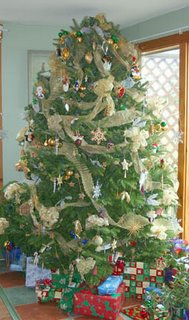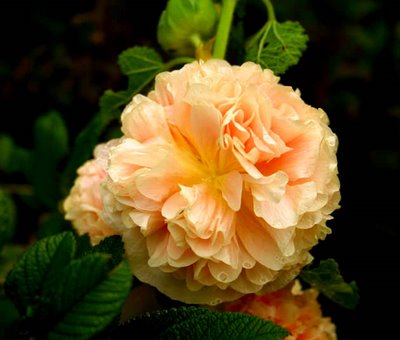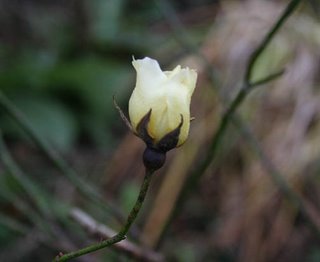Readers may notice a little bit of a change in the way this blog looks from here on in. That’s because I’ve gone over to using Firefox as my webbrowser, rather than Apple’s native app Safari. I’ve used Safari for several years, but I’m finding it crashes far too often of late, and some features of some websites are non-usable. Plus I’ve discovered the wonderful world of StumbleUpon, thanks in part to a nice note from Contrary 1, the host of www.frugalgardening.com. You gotta have Firefox or similar browsers in order to romp properly around StumbleUpon, and I’ve been finding all kinds of great gardening sites as a result. I’ll let people know about some of those whenever I have a chance, of course.
For the time being, however, let me extol the virtues of frugalgardening.com. I like this site because it makes serious sense; my philosophy is whenever I can save money on certain aspects of gardening, it means I can indulge in a new plant or three. Of course, sometimes the best way to get new plants is to swap with fellow gardeners. I’m looking forward to spring, when I know some of the perennials will need dividing…and I know of some gardeners who are looking for new plants, plus have interesting things of their own to share. Gardening is for sharing, after all…
I wrote a review in last Sunday’s Halifax Chronicle Herald of a new book that I’m really impressed with. It’s Katherine Whitelaw’s The Way We Garden Now, and it ought to be a bestseller and on every gardener’s bookshelf. Her philosophy is simple, and one I can embrace wholeheartedly:
“This is not your mom’s garden book. Nothing against your mom, but just as we have changed the way we arrange our homes, do our work, cook our meals, imagine our families, get our exercise and spend our spare time, we nesters have changed the way America gardens. The unattainable goal of “perfection” is a relic of the past, and I am here to yell ‘Whoopee!’”
I’m with her on that one! Our garden will never be perfect, not unless I win a lottery and have the means to haul in major amounts of soil, have large equipment to add drainage tile and level areas and build up other areas and bring in every bit of hardscaping and every single plant I’ve ever wanted to try. Oh, note to self…remember to BUY a lottery ticket if you want to win. No matter. Our garden may not be perfect, but it’s built with love.
Another thing about Whiteside’s book is she’s a smart, conversational writer. At the beginning of each chapter, she answers the question, “What’s the Payoff?” After all, if we’re going to take on a project, whether it’s creating a gardening journal or building our first compost pile, it’s always a good idea to know why we’re launching into this. And Whiteside’s payoff reasons are smart; these are not projects to give ourselves more to do (or more to feel guilty about not doing), but practical, delightful and even fun to begin—and accomplish.
It’s almost time, however, to start a few seeds—mostly the Nicotiana, which takes so long to get to any size. My talks at the Saltscapes Expo this year will include video displays of plants, rather than trying to grow a pile of seedlings on to flower on schedule for that weekend. So I’m in no real rush to sow seeds just yet. But I know others are starting: what have YOU sown on your windowsill so far?














































